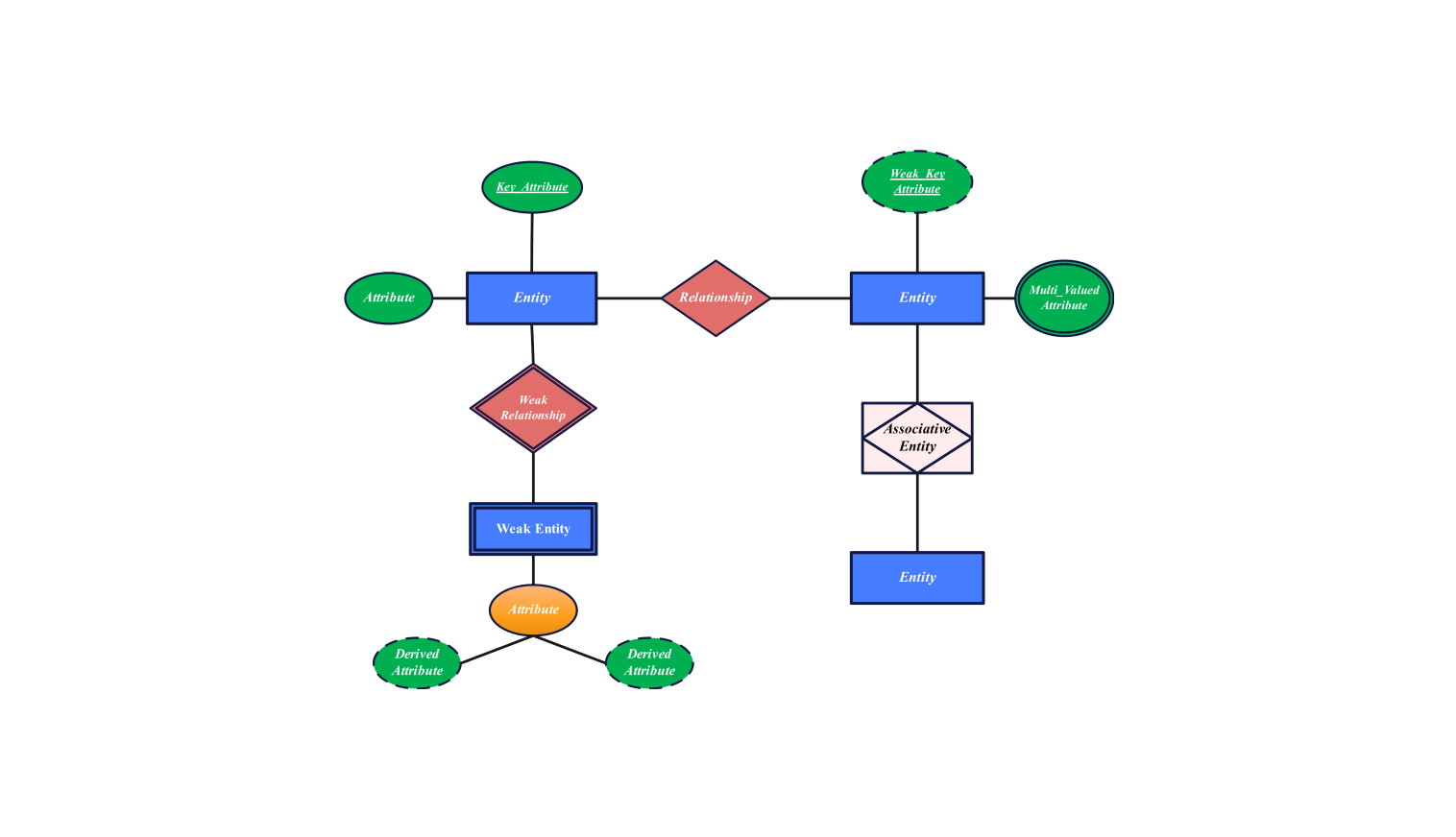When designing a database schema, one of the most important aspects is creating relationships between entities. In some cases, you may need to represent a relationship that has attributes of its own. This is where an associative entity comes into play. Associative entities are used to connect two or more entities in a many-to-many relationship. Drawing an associative entity can help you visually understand the relationships between different entities in your database.
Before we dive into how to draw an associative entity, it is important to understand the concept of associative entities. An associative entity is a table in a relational database that associates two or more entities, typically forming a many-to-many relationship. It contains attributes that are specific to the relationship between the entities it connects.
How to Draw an Associative Entity
1. Identify the entities: Start by identifying the entities that you want to connect using the associative entity. For example, if you have entities like “Students” and “Courses” and they have a many-to-many relationship, you would need an associative entity to represent this relationship.
2. Create the associative entity table: Once you have identified the entities, create a new table for the associative entity in your database schema. This table should contain foreign keys that reference the primary keys of the entities it connects.
3. Add attributes: In addition to the foreign keys, you can also add attributes to the associative entity table that describe the relationship between the connected entities. These attributes could include things like grades, dates, or any other relevant information.
4. Draw the relationship: To visually represent the associative entity, you can use a diagramming tool like ERD (Entity-Relationship Diagram). Draw lines connecting the entities to the associative entity table, indicating the relationship between them. Include the attributes of the associative entity in the table.
5. Label the relationship: Finally, make sure to label the relationship between the entities and the associative entity table. This will help you and others understand the purpose of the associative entity and its role in the database schema.
In conclusion, drawing an associative entity is essential for representing complex relationships in a database schema. By following these steps and creating a visual representation of the associative entity, you can better understand the connections between different entities and their attributes.
